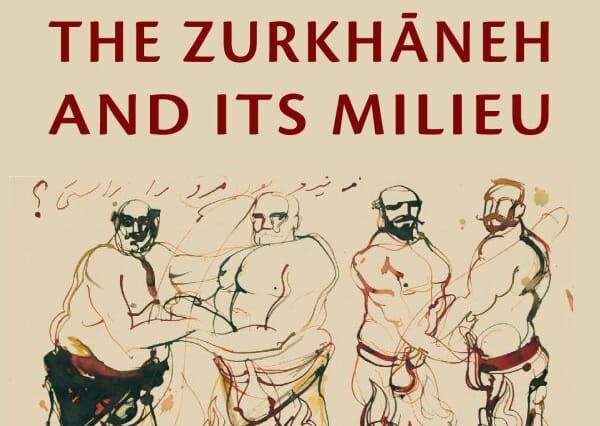Jahangirfar, Milad (ed.). 2025. Reflections on the Tapestry of Family and Household in Ancient Iran (Studia Persica 6). Bologna: Persiani Editore.
This volume offers a collection of ten articles focusing on various aspects of family and household in ancient Iran (ca. the 2nd millennium BCE to ca. the end of the 7th century CE). This book deals with aspects of the family in pre-Islamic Iran that are less explored or require renewed attention. The contributions draw upon a range of sources, including Old Elamite documents, Middle Elamite terracotta figurines, Sogdian wall paintings, Old Persian inscriptions, Achaemenid administrative tablets, and passages from the Avesta and Middle Persian texts. The inclusion of references to Greek, Latin, and Armenian writings, and passages from Ferdowsi’s Shahnameh enriches the discussion by bringing in alternative perspectives and accounts of relevant issues. Approaching the topic from a multidisciplinary perspective helps to create a more nuanced understanding of the role of family and household in ancient Iran.
Contents
– Introduction (Milad Jahangirfar)
– Script and Witness as a Hereditary Vocation in the Old Elamite Period (Mohammad Amin Mirghaderi)
– Household Religion in Context: Middle Elamite Terracotta Figurines and Their Judahite Counterparts (Francesco Del Bravo)
– The Divine Couple Formed by Nana and Nabu/Tiš in Sogdian Art: A Powerful Amulet for the Protection of Children and Households (Matteo Compareti)
– Some Reflections on the Concept of “Family” in the Gāthās (Mina Kambin)
– “For the Increase of the House”: Children in Ancient Iran (Jenny Rose)
– Some Remarks on the Family in pre-Islamic Iran according to the Ardā Wīrāz-nāmag (Mateusz M.P. Kłagisz)
– Ancient Iranian Women at War: A Gender Role at Variance than the Greco-Roman Familial System? (Kaveh Farrokh)
– Parthian Hostages in Rome: Keeping Alive Royal Family Members during the Parthian Kingdom (Berta González Saavedra and Juan Antonio Álvarez-Pedrosa Núñez)
– The Institution of Zoroastrian Marriage xwēdōdah: Genesis and Typology (Pavel Basharin)
– About the xwēdōdah Once Again (Katarzyna Maksymiuk and Joanna Szklarz)






